The rowing machine is a great tool for building your cardiovascular engine, strengthening your posterior chain (back and buttocks), and getting in a great calorie-burning workout that is super low impact and easy on your joints. To get the biggest bang for your buck the next time you hop on a rower, check out the following suggestions.
3 Quick Tips to Improve Your Rowing Workout
1) Warm Up Your Posterior Chain
A lot of the movement involved in the rowing technique include major muscle groups in your back, glutes, and hamstrings. Prepare these muscles for the work ahead by doing some of these dynamic stretches:
- Leg swings: Hold a pole or wall to steady yourself. Swing one leg forward and backward 20 times, then side to side (in front of your body and out to the side). Repeat on the other leg.
- Good mornings: Hold a light dowel or empty barbell on the back of your shoulders. Stand with your feet about hip-width apart and a slight bend in your knees. Keeping your back straight, hinge forward at your hips until you feel a stretch in your hamstrings. Pause, then squeeze your butt and return to a full, upright position. Repeat 20 times.
- Supine bridging (hip extensions): Lie on your back with your knees bent and your feet flat on the floor. Bring your heels as close to your butt as you can, and keep your arms flat on the floor next to you. Push through your heels and lift your butt into the air. Hold for a second, then lower. Repeat 20 times.
You May Also Like: July Fitness Challenge: Row, Row, Row You Way to Fitness
2) Use the Right Damper Setting
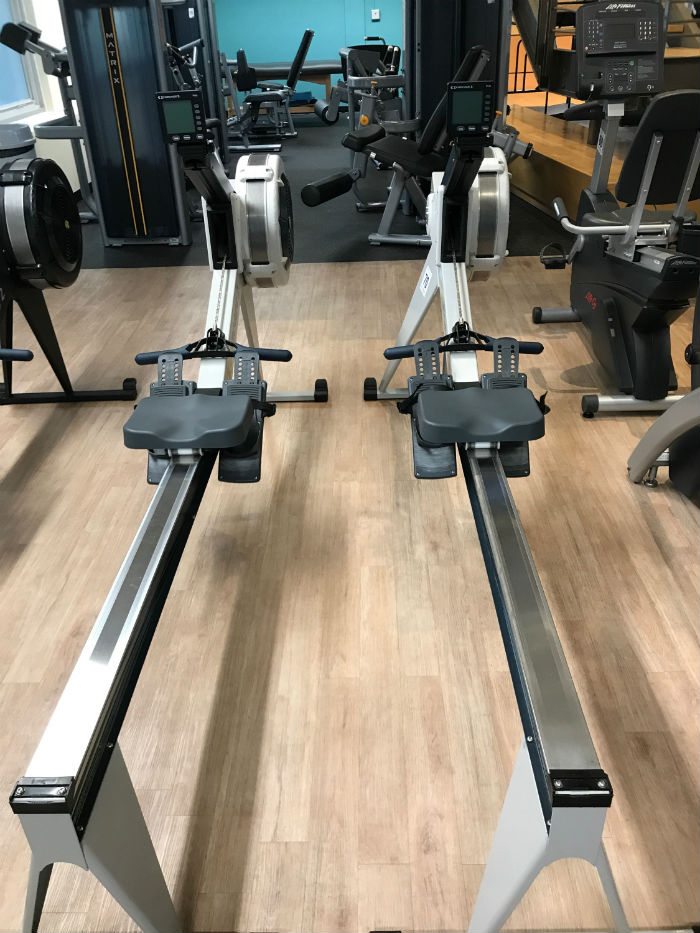 The damper on your rowing machine (a small lever on the side of the fan cage) is similar to the gear controls on a bicycle. It controls the amount of air that goes into the fan cage, which affects how easy or hard it is to spin the flywheel. Higher damper settings allow in more air in the flywheel, making it harder to spin. Lower damper settings allow less air in, making it easier to spin.
The damper on your rowing machine (a small lever on the side of the fan cage) is similar to the gear controls on a bicycle. It controls the amount of air that goes into the fan cage, which affects how easy or hard it is to spin the flywheel. Higher damper settings allow in more air in the flywheel, making it harder to spin. Lower damper settings allow less air in, making it easier to spin.
Whether you choose a high or low damper setting, you’ll still have to exert more effort in order to go faster on your rower. This means that the intensity of your workout is determined by you and how hard you use your legs, back, and arms, not the damper setting itself.
That said, you should play around with the damper to determine which setting is best for you and will allow you to maintain the highest intensity during your workout. Rowing experts typically recommend starting at a setting between 3-5. Avoid setting the damper too high, as this could fatigue your muscles too quickly and negate the cardiovascular benefits you’d get out of your workout otherwise.
3) Mix Up the Pace
As simple as they look, rowers are incredibly versatile. You can do a long, 30 minute + grind of a workout or short, a roll-on-the-floor-when it’s over sprint intervals or anything in between. Rowers are also great as a simple and easy warm-up or cool down.
Have a favorite rowing machine workout? Share it with us in the comments below!

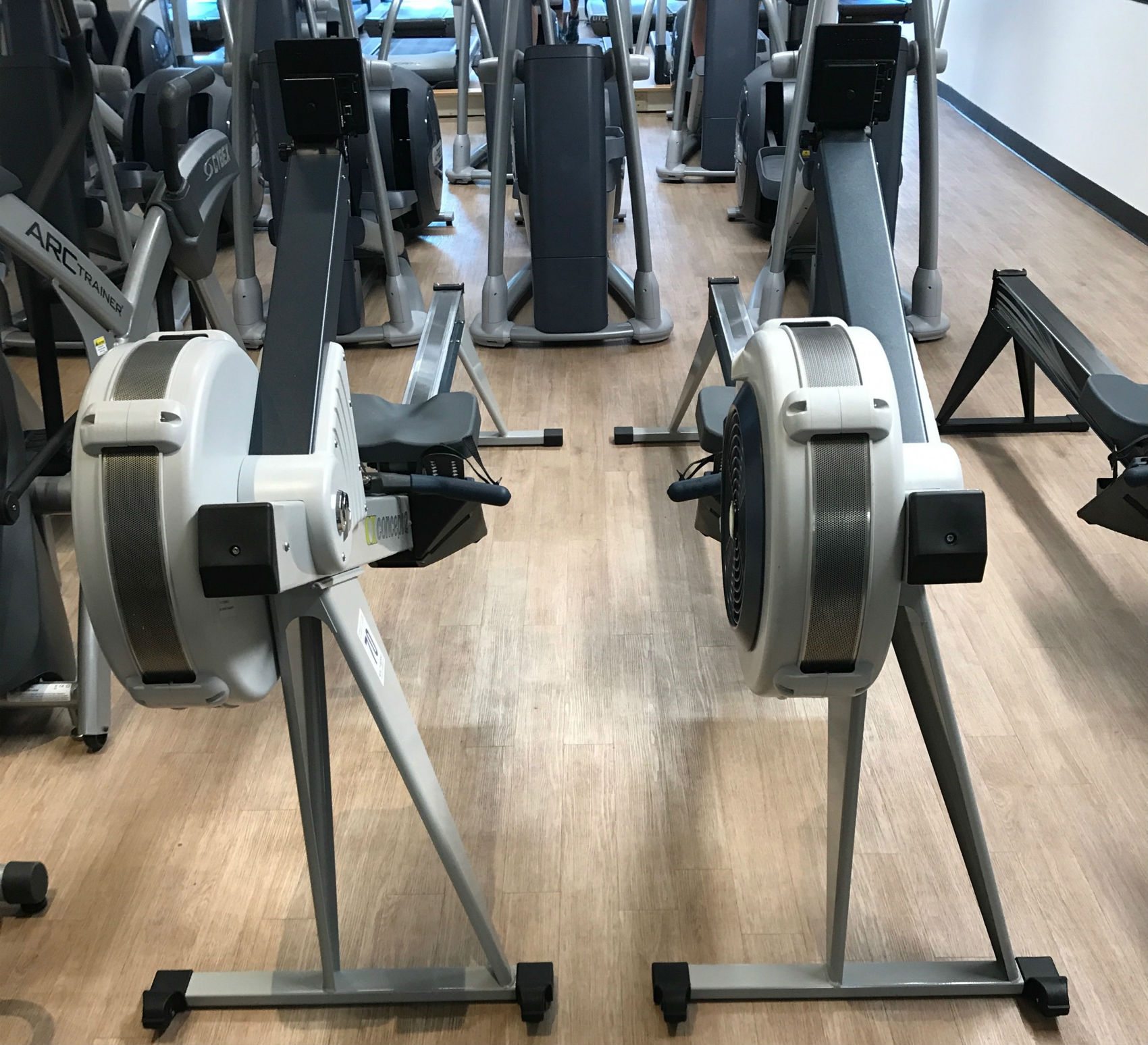
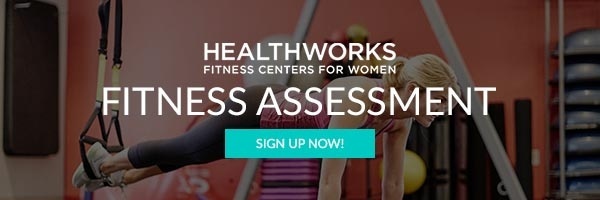


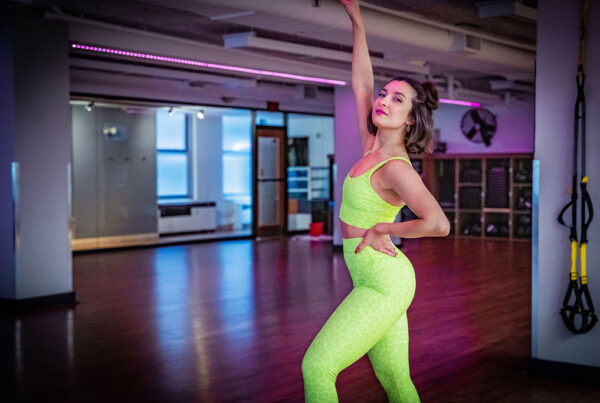
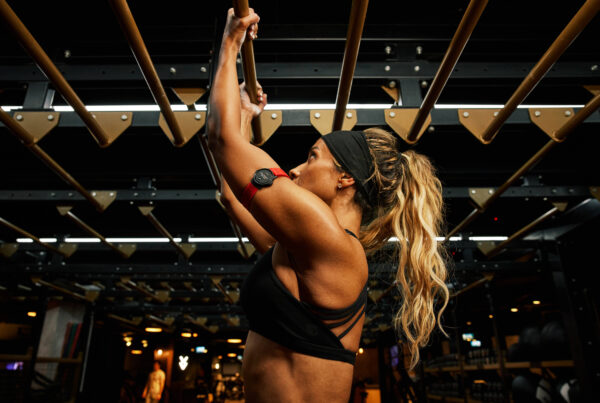


Love this! Thank you for sharing!